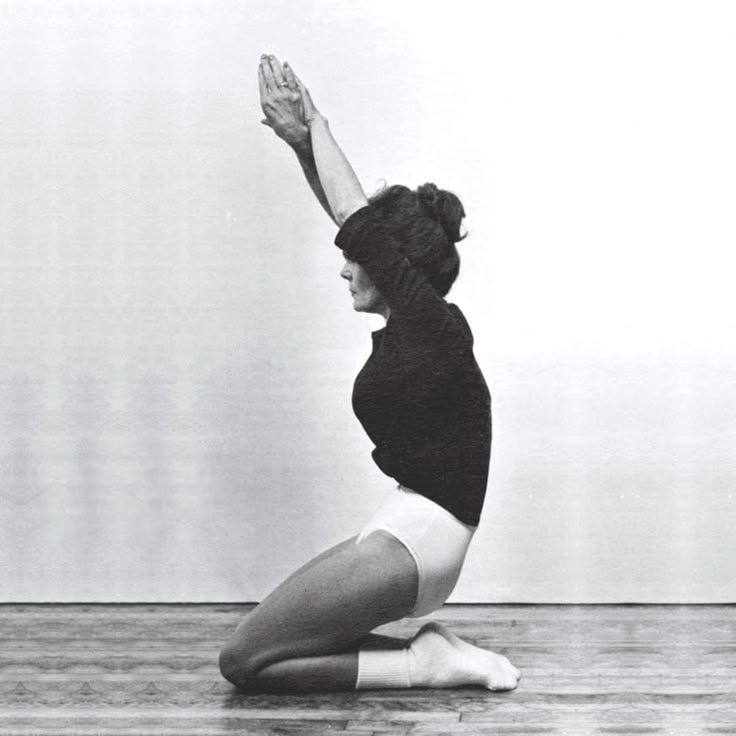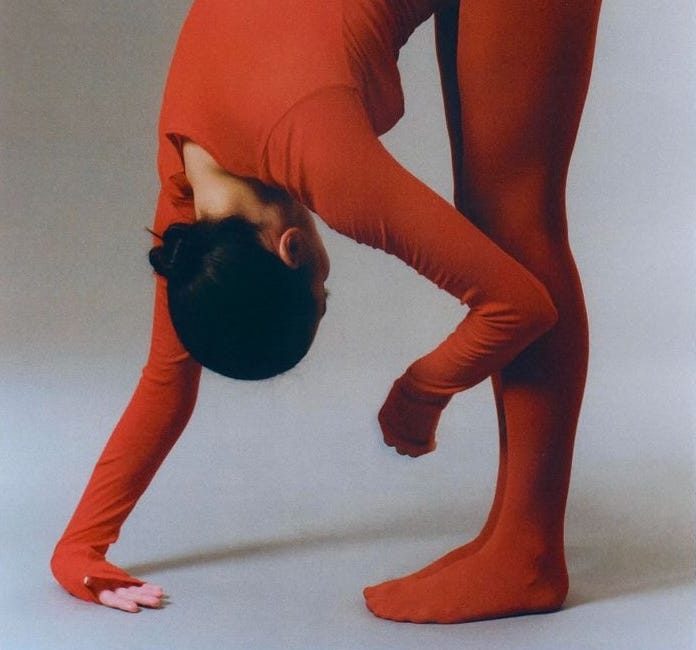Gather Before You Grow
What yoga can teach us about moving through change in business
I was thinking about the concept of Uddiyana Bandha in yoga today. If you aren’t familiar with the term, it refers to a subtle lift and engagement at the center of the abdomen. It’s something your teacher probably reminds you to activate multiple times during class, typically before a forward fold, an inversion, or any deep movement that asks something of the spine. The caveat to this activation is that it’s not so much a clench, but more of a gathering – a conscious reminder to support the body before it bends.
Of course, this made me think about what happens when we move through change in business. Most of us skip this step. We lunge into expansion without engaging our core, or creating the containment that allows transformation to feel safe in the body.
Containment as Flow, Not Control
In yoga, Uddiyana Bandha protects the lower back, stabilizes the pelvis, and channels prana upward. It gives structure to movement so energy can flow with integrity.
I always love feeling the energy shift in a yoga room. As everyone begins to fold forward, there’s that collective exhale —the sound of release— followed by the teacher’s cue: “lift through the belly, support the spine”. You can almost sense the recalibration ripple through the room. The shapes don’t change, but the energy does. It’s the difference between collapsing into a pose and moving through it with awareness.
In business, the same principle applies. Before you pivot, launch, or stretch into something new, you need to gather your energy. You need to activate your internal support so the system doesn’t collapse halfway through.
Sometimes that looks as simple as a pause and deep breath before sending an email. Other times it’s ensuring you have next week’s marketing plan mapped out before announcing a launch. If we don’t protect our core —our concept— we risk injury. Not to the body, but to the integrity of the work itself.
The Difference Between Clenching and Containing
In somatics, we often talk about using the practice of embodiment to release subconscious tension by unclenching the jaw, softening the belly, letting go.
But there’s another side to embodiment: knowing when to consciously engage.
To draw your energy in, not from fear but from intention.
To root, to hold, to meet what’s coming with strength instead of rigidity.
That’s the difference between clenching and containing.
Clenching is fear-based. Containing is preparation.
One limits flow. The other channels it.
We can’t talk about containment without also talking about contraction. Earlier this year, in Honoring the Contraction, I wrote about how healing, whether in the body or in business, doesn’t come from forcing tightness to release, but from meeting it with curiosity.
In somatics, a contraction is the information. The same is true in business. When something tightens —a plateau, a pause, a pattern— it’s often a sign that something deeper is trying to reorganize.
Containment is what lets us stay with that process. It’s the structure that allows the release to unfold safely, in time, without collapse.
Finding Your Uddiyana Moment
As founders, I think it’s so important to find our Uddiyana moment. Before we move into the next bend, we need to gather our center. We need to check our nervous system, tighten the weave of our energetic fascia, and remind ourselves: “I can hold what’s about to move through me.:
Support is the art of staying connected to yourself while everything
around you reshapes.
Some Reflection…
What if we started treating every big change in business like a sacred posture?
What if we reminded ourselves that every bend in our business deserves breath, containment, and conscious support?
Where in your body do you habitually clench when you’re under pressure?
What kind of support would help you move through change without collapse?
What would shift if you treated preparation as part of the ritual of transformation?
Honoring the Contraction
There’s a moment in Pavini Moray’s How to Hold Power that stopped me in my tracks.





Amazing insight!